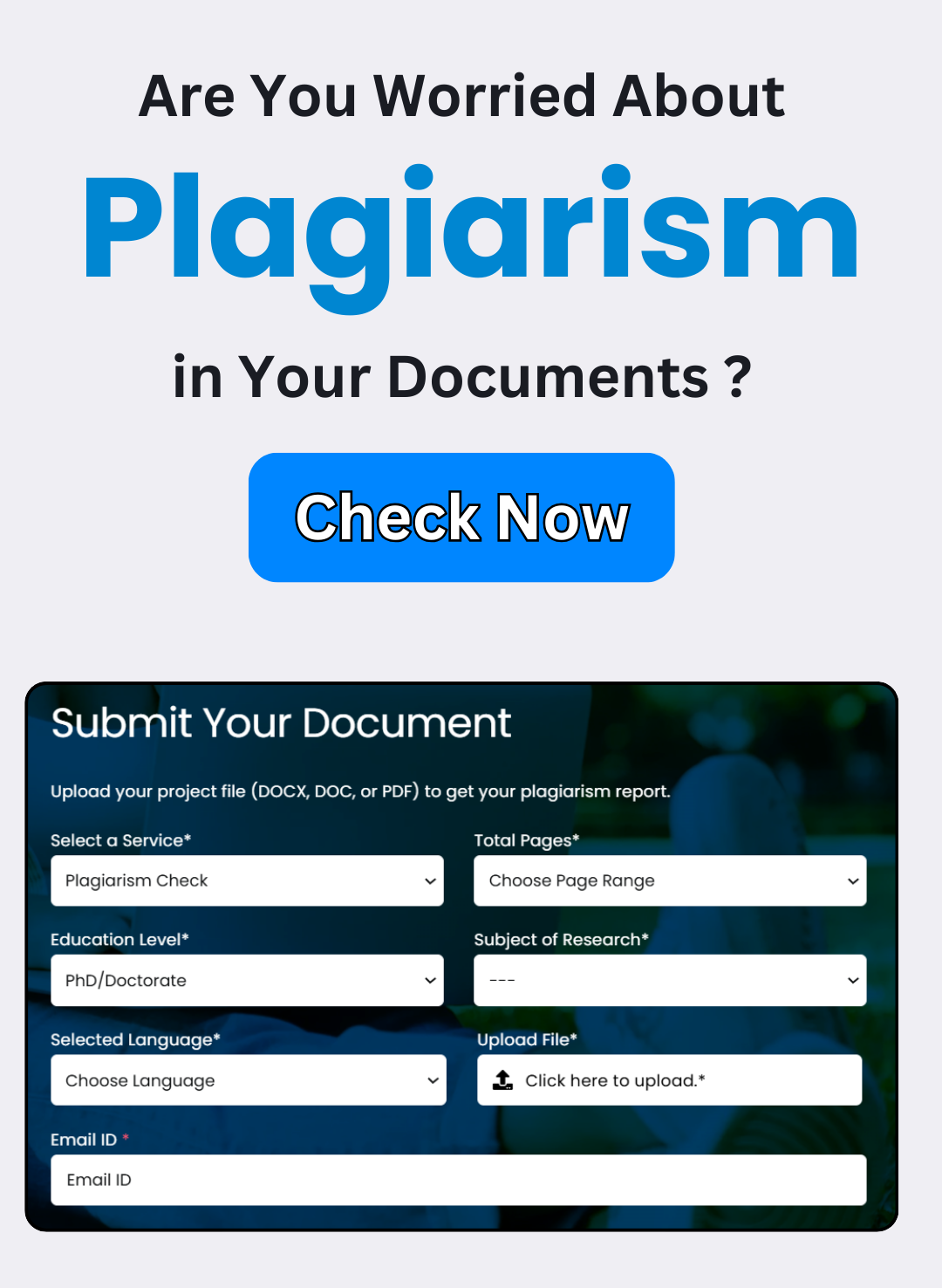10 Proven Steps to Eliminate Plagiarism from Your Thesis and Ensure Originality
10 Effective Ways to Eliminate Plagiarism from Your Thesis
Writing a thesis is a significant academic undertaking, and ensuring its originality is critical. Plagiarism can tarnish the integrity of your work and undermine your academic success. To help you maintain the highest standards of academic honesty, here are 10 practical steps to remove plagiarism from your thesis.
1. Understand What Plagiarism Is
The first step in avoiding plagiarism is to educate yourself. Understanding the different forms plagiarism can take—whether it’s direct copying, paraphrasing without attribution, or failing to cite sources correctly—will help you recognize and prevent it in your own writing. Knowing the consequences of plagiarism will further motivate you to take the necessary steps.
2. Proofread Carefully
Once you’ve written your thesis, take the time to go through it thoroughly. Look for any sections that might not be properly attributed or could potentially be flagged as plagiarized. Pay special attention to paraphrased sections, direct quotes, and any passages that might be too close to the original text.
3. Use Plagiarism Detection Tools
A great way to check for plagiarism is by using online detection software. Tools like Turnitin, Grammarly, and Urkund can scan your thesis and identify areas where content might be copied or inadequately cited. These tools are designed to help you spot and fix issues before you submit your final document.
4. Ask for Help When Needed
If you’re unsure how to paraphrase properly or are struggling with citation rules, don’t hesitate to ask for guidance. Seek help from your academic advisor or visit your university’s writing center. These resources can provide valuable insights on how to cite sources correctly and avoid plagiarism.
5. Revise and Finalize Your Work
Once you’ve completed the review and editing process, go through your thesis one last time. Make sure that all references are properly cited, and double-check that your work adheres to the required citation style. Having a thorough revision ensures that your thesis is plagiarism-free and polished.
6. Use Citation Management Software
To streamline the citation process, consider using citation management tools like EndNote, Zotero, or Mendeley. These tools can help you organize your sources, generate citations in the proper format, and ensure consistency throughout your thesis. With the help of citation software, managing and citing your sources becomes much easier.
7. Rely on Your Own Voice
One of the best ways to avoid plagiarism is to focus on developing your own voice. When writing, ensure that you are contributing your unique insights, analysis, and research. Use sources to support your points, but make sure you interpret and express the information in your own words.
8. Paraphrase Properly
When you use someone else’s ideas or research, make sure to paraphrase correctly. Simply changing a few words isn’t enough to avoid plagiarism. Instead, rewrite the idea in your own style and include proper citations. Paraphrasing is a skill, and learning how to do it well can significantly reduce the likelihood of plagiarism.
9. Cite Your Sources Correctly
Accurate citation is key to avoiding plagiarism. Always follow the citation guidelines prescribed by your institution, whether it’s APA, MLA, Chicago, or any other style. Incorrect citations can still be considered plagiarism, so be diligent about formatting and consistency.
10. Submit with Confidence
After thorough proofreading, revising, and checking for plagiarism, you can submit your thesis with confidence. Knowing that you’ve taken every precaution to ensure the originality of your work will give you peace of mind. Your hard work will not only stand out for its quality but also for its integrity.
Conclusion
By following these 10 steps, you can significantly reduce the risk of plagiarism in your thesis. Remember that plagiarism is not only about copying text; it’s about maintaining the integrity of your work. By understanding what plagiarism is, using the right tools, and seeking assistance when necessary, you can ensure that your thesis reflects your own academic effort. We hope these tips help, and encourage you to check out our other articles for more advice on academic writing and avoiding plagiarism.
Turnitin Plagiarism Check in India: How It Works & How to Reduce Your Similarity Score
📖 Introduction
Plagiarism is one of the biggest challenges […]
Top Plagiarism Removal Services in Bengaluru – 100% Unique & Turnitin Approved
Introduction
However, in this academic and professional-driven area, duplicacy is not accepted. Higher education institutions, […]
Important Exceptional Cases For Plagiarism Checking
Using the Turnitin Feedback Studio: A Few Extraordinary Situations We are aware […]
Expert Plagiarism Removal Services in Kolkata – Ensure Originality with Professional Solutions
Plagiarism refers to the practice of using phrases or […]
Understanding Plagiarism: A Simple Guide to Its Different Types
Unraveling plagiarism: A comprehensive guide to different types […]
UGC’s Assistant Professor Recruitment Decision Raises Concerns
UGC Assistant Professor Recruitment Decision Sparks Questions– You […]


